Add to Wishlist
Fundamentals Of Nutrition
By Rene Beach
Publisher: Alexis Press LLC
$135.00
ISBN 13: 979-8-89143-400-4
YEAR: 2024
eBOOK
Instant Delivery
SKU:
ALX-FSB-400-4
Category:
Food Science & Beverages
Additional information
| Access Type | Download eBook, Read Only |
|---|
Be the first to review “Fundamentals Of Nutrition” Cancel reply
You must be logged in to post a review.
Purchase now to read the book online.
Select optionsRelated products
Recent Trends In Soft Beverages
By Rory Willis
$135.00
A beverage includes all types of edible drinks. From tea to coffee and various juices, mocktails, cocktails, soft drinks, alcoholic drinks – all these drinks are various kinds of beverages made and served worldwide. So you will find thousands of beverages that are consumed all over the world. Beverages can be healthy like smoothies, tisanes, fresh fruit juices, vegetable juices, and milkshakes. They can be alcoholic or non-alcoholic as well. They can be served hot like cappuccino, tea, or espresso or served cold like frappes or a cold beer or shakes.
Recent Trends In Soft Beverages
By Rory Willis
$135.00
A beverage includes all types of edible drinks. From tea to coffee and various juices, mocktails, cocktails, soft drinks, alcoholic drinks – all these drinks are various kinds of beverages made and served worldwide. So you will find thousands of beverages that are consumed all over the world. Beverages can be healthy like smoothies, tisanes, fresh fruit juices, vegetable juices, and milkshakes. They can be alcoholic or non-alcoholic as well. They can be served hot like cappuccino, tea, or espresso or served cold like frappes or a cold beer or shakes.
Elements of Food Packaging
By Aiden Fisher
$135.00
Food packaging lies at the very heart of the modern food industry and very few foods are sold unpackaged. Good packaging prevents waste and ensures that the food retains its desired quality throughout its shelf life. Despite its importance and the key role that packaging plays, it is often regarded as, at best, somewhat superfluous, and, at worst, a serious waste of resources and an environmental menace. Such views arise because, by the time most consumers come into contact with a package, its job, in many cases, is almost over.
Elements of Food Packaging
By Aiden Fisher
$135.00
Food packaging lies at the very heart of the modern food industry and very few foods are sold unpackaged. Good packaging prevents waste and ensures that the food retains its desired quality throughout its shelf life. Despite its importance and the key role that packaging plays, it is often regarded as, at best, somewhat superfluous, and, at worst, a serious waste of resources and an environmental menace. Such views arise because, by the time most consumers come into contact with a package, its job, in many cases, is almost over.
Techniques Of Healthy Cooking
By Ali Wiggins
$135.00
Cooking is the act of using heat to prepare food for consumption. Cooking is as old as civilization itself, and observers have perceived it as both an art and a science. Its history sheds light on the very origins of human settlement, and its variety and traditions reflect unique social, cultural, and environmental influences. This book will be a valuable resource for undergraduate students in culinary nutrition, nutrition science, food science and nutrition, and culinary arts courses.
Techniques Of Healthy Cooking
By Ali Wiggins
$135.00
Cooking is the act of using heat to prepare food for consumption. Cooking is as old as civilization itself, and observers have perceived it as both an art and a science. Its history sheds light on the very origins of human settlement, and its variety and traditions reflect unique social, cultural, and environmental influences. This book will be a valuable resource for undergraduate students in culinary nutrition, nutrition science, food science and nutrition, and culinary arts courses.
Cooking Techniques
$135.00
Beverages: Technology, Chemistry And Microbiology
By Kerry Sutton
$135.00
A drink or beverage is a liquid intended for human consumption. In addition to their basic function of satisfying thirst, drinks play important roles in human culture. Common types of drinks include plain drinking water, milk, juice, smoothies, and soft drinks. Traditionally warm beverages include coffee, tea, and hot chocolate. Caffeinated drinks that contain the stimulant caffeine have a long history. In addition, alcoholic drinks such as wine, beer, and liquor, which contain the drug ethanol, have been part of human culture for more than 8,000 years. Non-alcoholic drinks often signify drinks that would normally contain alcohol, such as beer, wine, and cocktails, but are made with a sufficiently low concentration of alcohol by volume. The category includes drinks that have undergone an alcohol removal process such as non-alcoholic beers and de-alcoholized wines.
Beverages: Technology, Chemistry And Microbiology
By Kerry Sutton
$135.00
A drink or beverage is a liquid intended for human consumption. In addition to their basic function of satisfying thirst, drinks play important roles in human culture. Common types of drinks include plain drinking water, milk, juice, smoothies, and soft drinks. Traditionally warm beverages include coffee, tea, and hot chocolate. Caffeinated drinks that contain the stimulant caffeine have a long history. In addition, alcoholic drinks such as wine, beer, and liquor, which contain the drug ethanol, have been part of human culture for more than 8,000 years. Non-alcoholic drinks often signify drinks that would normally contain alcohol, such as beer, wine, and cocktails, but are made with a sufficiently low concentration of alcohol by volume. The category includes drinks that have undergone an alcohol removal process such as non-alcoholic beers and de-alcoholized wines.
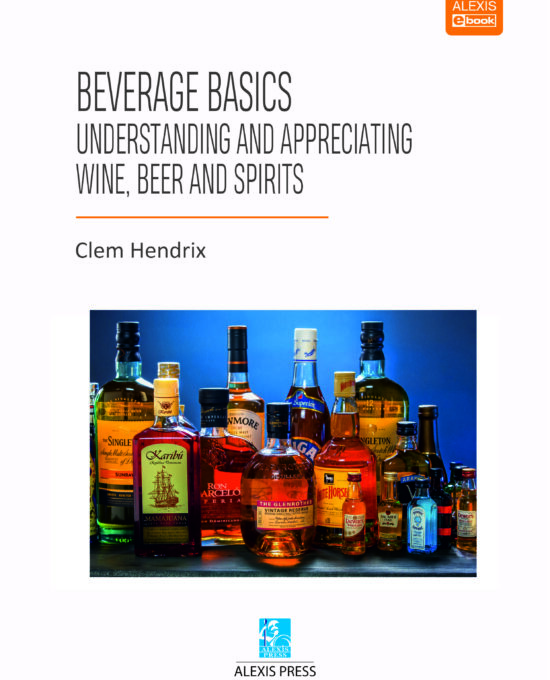
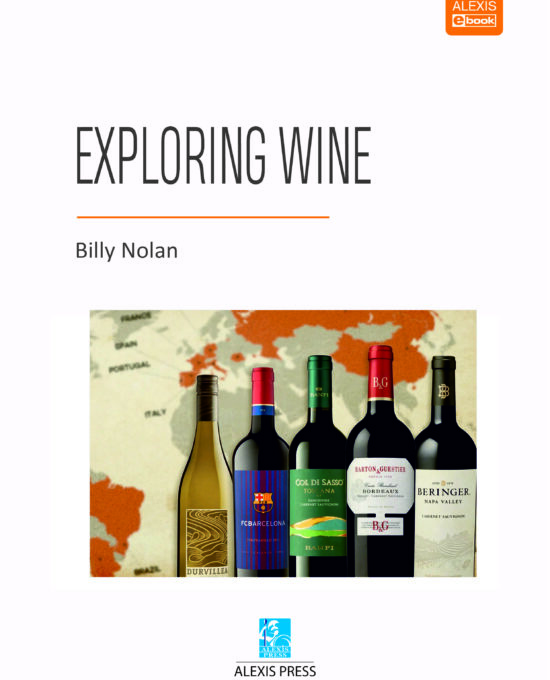
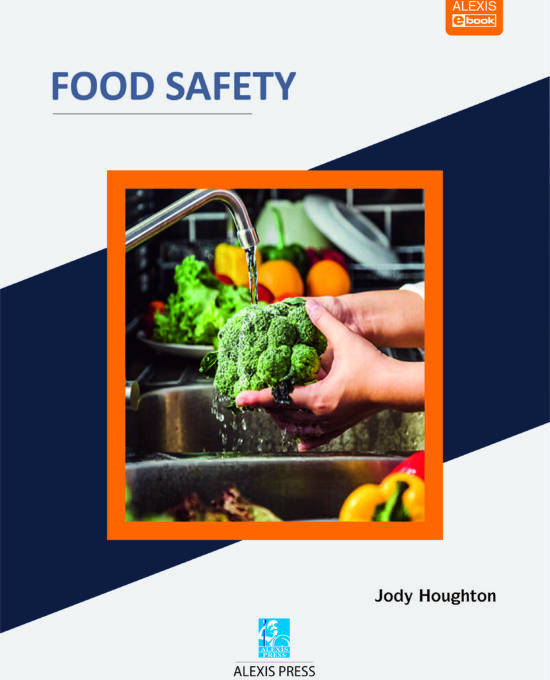
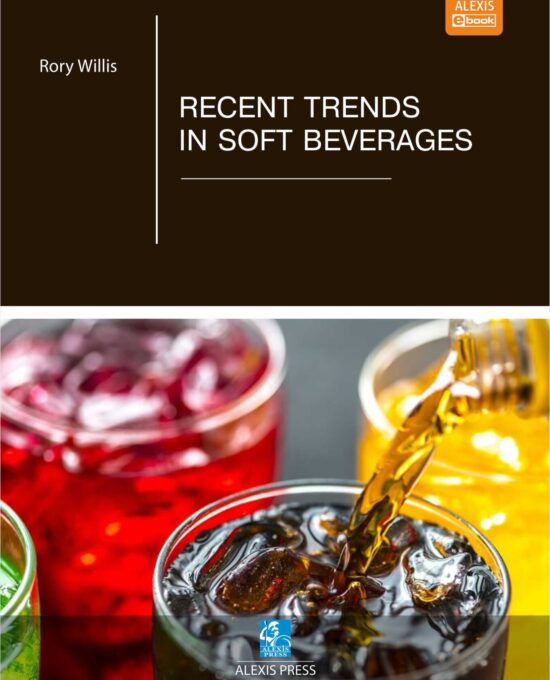
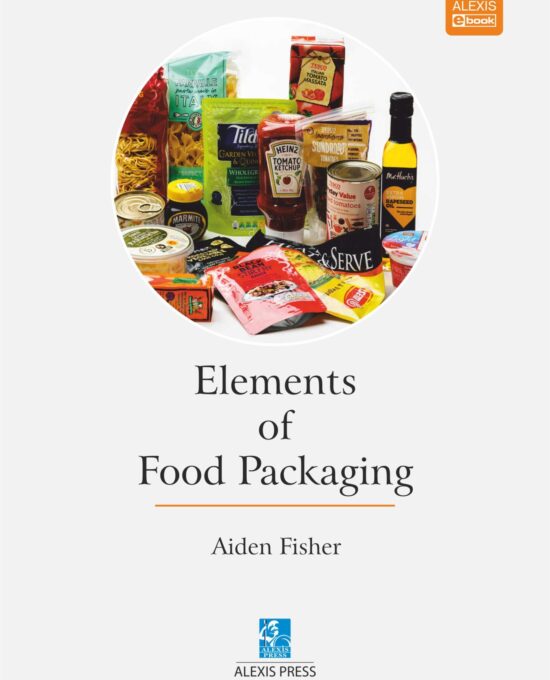
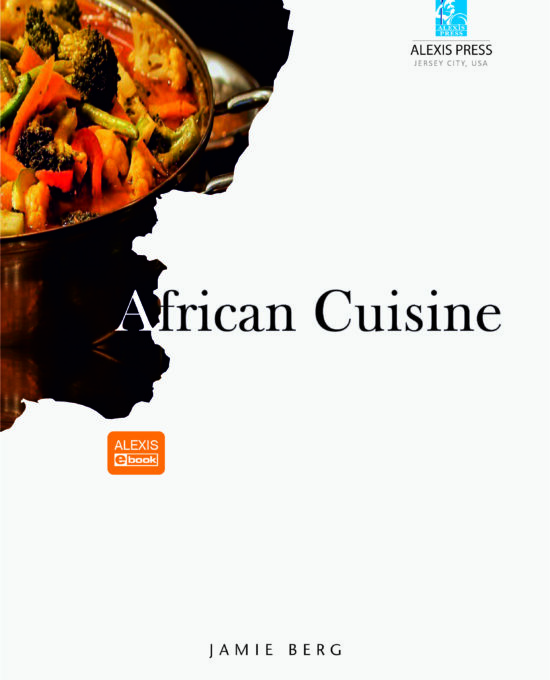
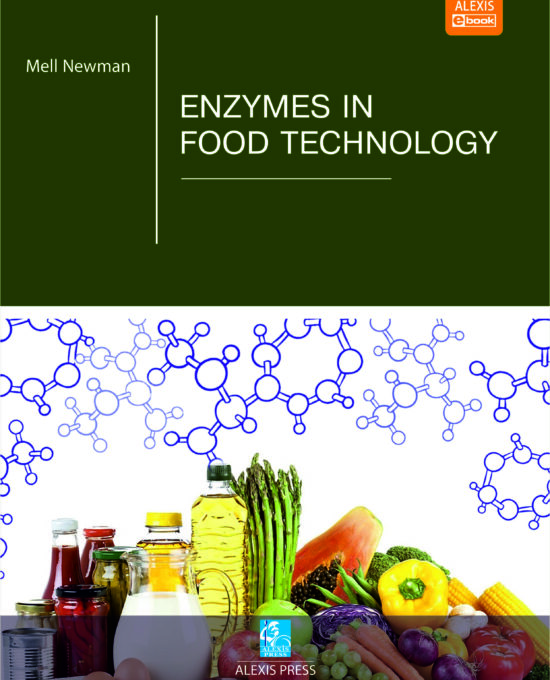


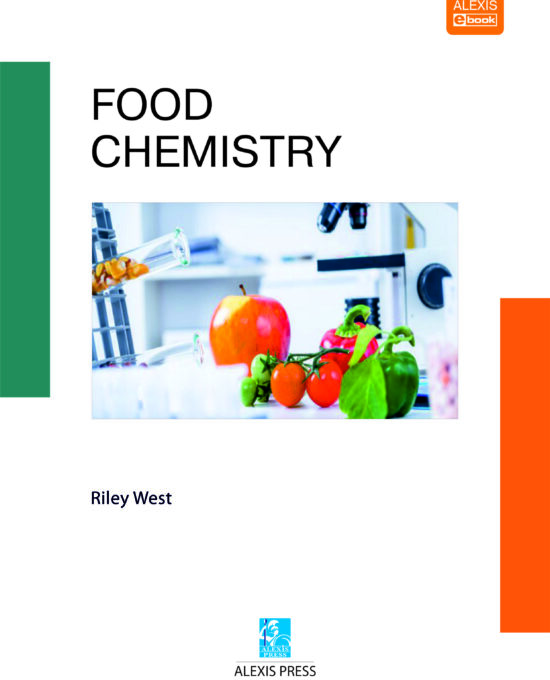


Reviews
There are no reviews yet.